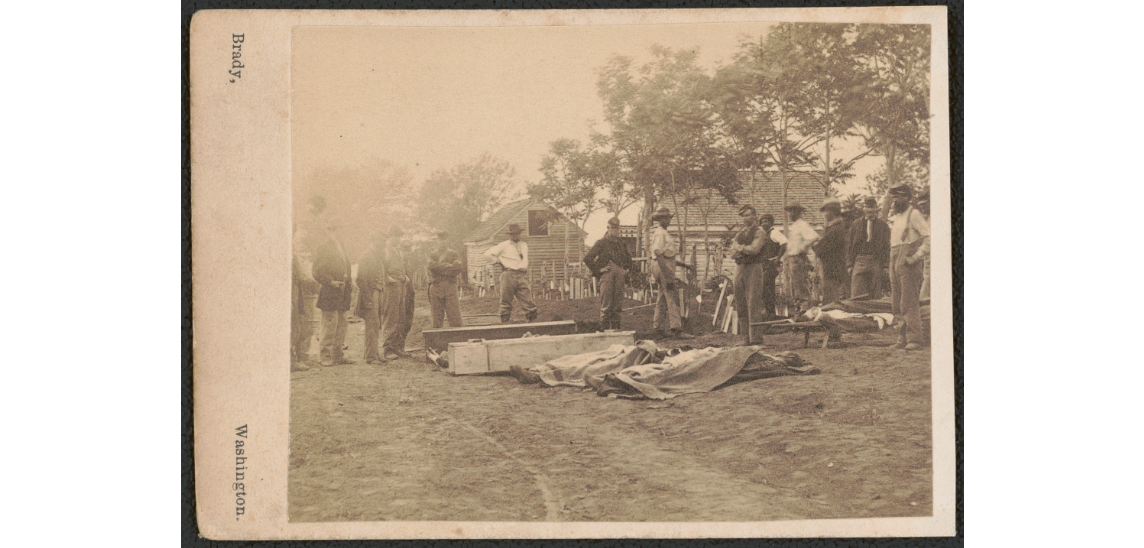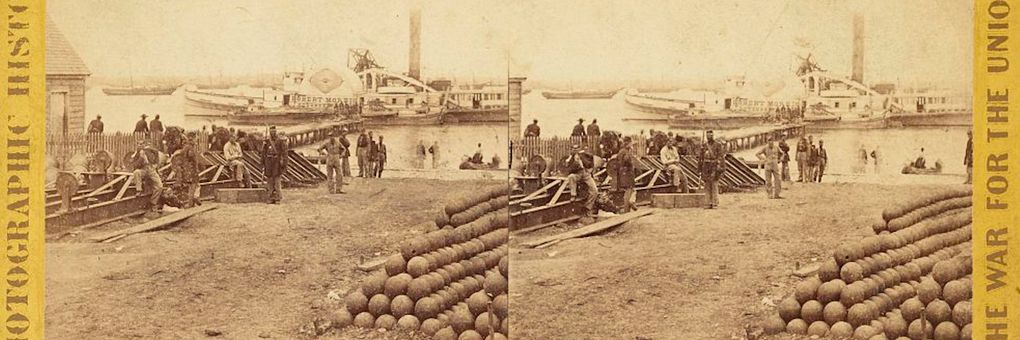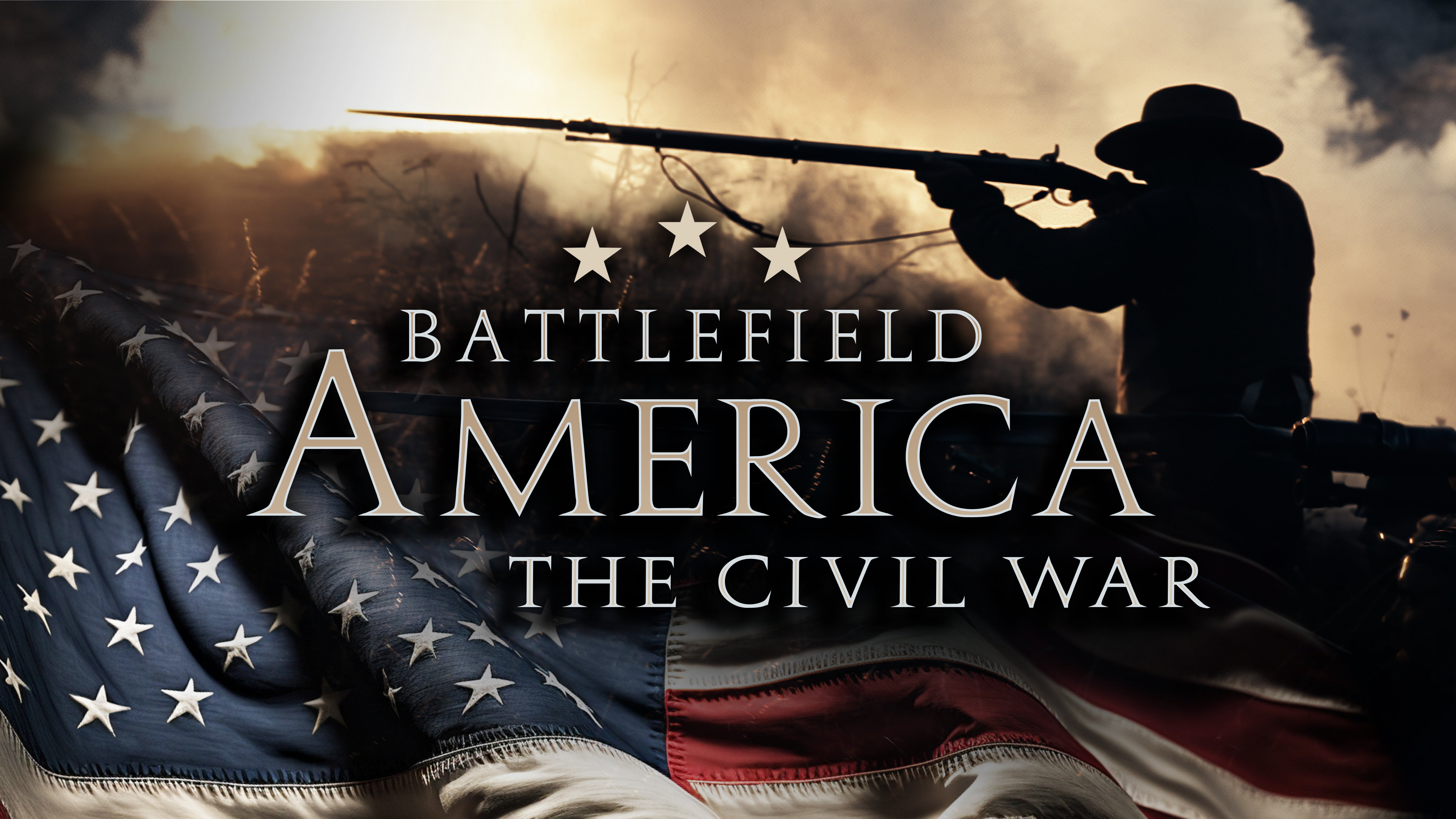By the spring of 1864, the Union needed a new strategy. President Lincoln called on General Grant to create and implement it.
◊
The sixth and final episode of MagellanTV’s just-released original documentary, Battlefield America, focuses on a series of U.S. Civil War battles in the spring of 1864 that are generally collected under an umbrella moniker: the Overland Campaign.
Frustrated by the slow progress of Union armies following the victory at the Battle of Gettysburg, President Abraham Lincoln in March 1864 appointed Ulysses S. Grant – fresh off resounding successes in the Western Theater of the war – commanding general of the United States Army. Grant’s job was to regain the squandered momentum and advance the prospects for a Union victory in the war against the Confederacy, particularly in the Eastern Theater.
Click on the image above to watch MagellanTV's exclusive and original documentary Battlefield America.
Strategy and Tactics
Grant’s strategy marked a shift from previous Union campaigns. He aimed to apply continuous, sustained pressure on the Confederates’ Army of Northern Virginia, under the command of General Robert E. Lee. Grant’s intention was to engage and wear down the Rebel forces through attrition, knowing the Union had substantial superiority in resources and manpower. In short, he was willing to trade tactical failures in the campaign for overall strategic success. This was a sharp departure from the more cautious approach of his predecessors.
3 Major Battles of the Overland Campaign
The campaign included several brutal and significant battles, including:
- the Battle of the Wilderness (May 5–7), which was marked by fierce fighting in dense woodland, resulting in heavy casualties on both sides;
- the Battles for Spotsylvania Court House (May 8–21), known for Lee’s virtually impregnable defenses and the intense hand-to-hand combat at the “Bloody Angle”;
- the Battle of Cold Harbor (May 31–June 12), notorious for its high Union casualties in a frontal assault against well-entrenched Confederate positions.
Casualties and Impact
The Overland Campaign was characterized by its unprecedentedly heavy casualties. While it did not yield a decisive tactical victory for either side, it represented a strategic success for the Union. Lee’s army was significantly weakened, and the continuous pressure prevented it from adequately replenishing its forces or launching significant offensives. The Union Army lost approximately 55,000 of 120,000 soldiers who fought, and the Confederates lost about 33,000 of only 65,000 available. In the grim arithmetic of war, Grant’s strategy worked.

Union dead covered and ready for burial in Fredericksburg, Virginia, during the Overland Campaign, 1864 (Credit: Matthew Brady, via Library of Congress)
The Aftermath
Unable to defeat Lee’s army outright in the open field, Grant moved his forces south of the James River to lay siege to Petersburg, a vital supply center for the Confederate capital, Richmond. The siege lasted from June 1864 to April 1865, ultimately leading to the fall of Richmond and the Confederate States’ surrender to the Union at Appomattox Court House, Virginia, on April 9, 1865.
Ω
Title Image: Stereo view of munitions by the river in Petersburg, Virginia, during Civil War (Source: Library of Congress, via American Battlefield Trust)


